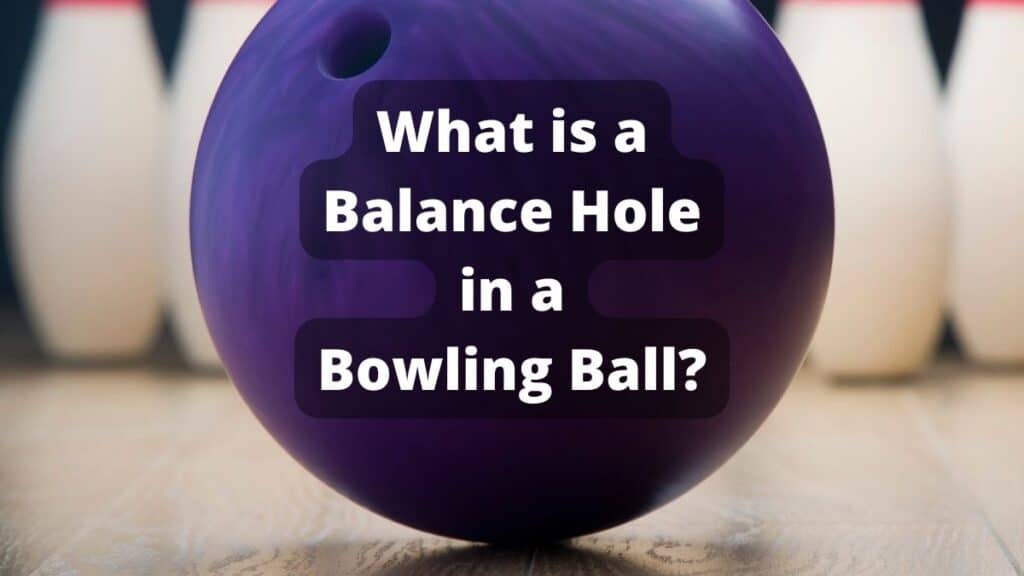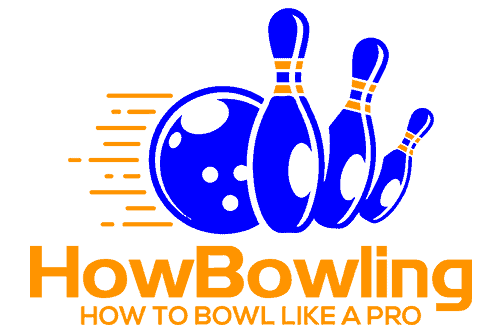Since the early days of bowling, people have been trying to find ways to improve their game. One popular method has been to drill balance holes in bowling balls. These holes are drilled into the ball to change its center of gravity and make it spin more on its axis.
A small hole drilled into the ball to help adjust its weight and balance is called a balance hole. This type of hole is also known as a pinhole or a weight hole and is not used for gripping.
While this method of drilling a hole may seem like an excellent way to improve your game, it is actually illegal in most bowling leagues.
Balance holes are usually located near the top of the ball, just below the finger holes. The distance of such a hole from the bowling ball pin determines how it will affect the ball’s dynamics. However, without knowing the purpose of a balance hole, a bowler cannot improve his delivery.
This article will examine how balance holes change a ball’s dynamics and why it is now illegal to use a ball with weight holes in a USBC-sanctioned bowling tournament.

What is the Purpose of a Balance Hole?
When weight holes were first introduced, they were meant to correct the static imbalance in a bowling ball. These holes were drilled to ensure a ball fulfills the legal requirements to be used in a sanctioned bowling event.
However, soon afterward, drilling experts realized that balance holes could also be used to change a ball’s RG (radius of gyration) and differentials.
Balance holes are placed in specific locations to create a consistent bowling ball. There are typically four balance holes located on the ball – two on the top and two on the bottom. By drilling these holes, the ball’s center of gravity can be moved to create a more desired effect.
These locations are also known as P1, P2, P3, and P4, respectively. Each location serves a different purpose. For example, P1 holes are meant to reduce the differentials and weaken a ball’s motion. P2 holes have very little or no effect at all.
P3 holes are there to strengthen a ball’s motion by slightly increasing its differentials. And P4 holes are supposed to increase a ball’s differentials significantly, thereby strengthening its motion considerably.
There are two main reasons why a balance hole might be used.
When the ball is too heavy on one side
First, drilling a hole can help to even out the weight distribution if a ball is too heavy on one side. This can happen if the ball is not properly balanced when you first purchase it or if it becomes unbalanced over time due to wear and tear.
If your ball is too heavy on one side, it will tend to hook sharply when you bowl. This can make it difficult to control your shots and lead to inconsistency in your game. Drilling a balance hole can help to even out the weight distribution and improve your ball’s performance.
Read more on drilling here: Drilling Bowling Balls.
When the ball is too light
Second, if a ball is too light overall, drilling a hole can help to add weight and achieve the desired balance.
If your ball is too light, it will not hook as sharply when you bowl. This can make it difficult to control your shots and lead to inconsistency in your game. Drilling a balance hole can help to add weight and achieve the desired balance.
How is the Location of Balance Holes Determined?
There are different bowling ball parts, each one serving a specific purpose. In addition to the coverstock, the core, and the weight block, there’s a colored dot located on the ball, which helps to determine where holes might be drilled in the ball to create a static balance.
Since the ball will always rotate around this spot, drilling holes at relative distance helps drillers understand how a ball will react on the bowling lane.
The desired effect the bowler hopes to achieve is the most important factor in determining the location of weight holes in a bowling ball.
If the bowler wants the ball to hook more, the weight holes will be located closer to the side of the ball that the bowler throws with. If the bowler wants the ball to go straight, the weight holes will be located in the middle of the ball.
A smaller ball will have weight holes located closer to the center of the ball, while a larger ball will have weight holes located further from the center.
The shape of the ball also affects where the weight holes are located. A ball that is more round will have weight holes that are closer to the center, while a ball that is more oval-shaped will have weight holes that are further from the center.
Does Drilling Balance Holes Make a Bowling Ball Illegal?
According to the USBC regulations for sanctioned bowling events, balance holes are now illegal. If you want to use a ball with balance holes, the holes need to be plugged in before you can use the ball for the event.
Did you know this: Can You Redrill a Bowling Ball?
The USBC made this modification in bowling rules effective from August 1, 2020. All bowling balls weighing more than ten pounds (without balance holes and balance holes that have been plugged) are allowed up to 3 ounces (positive or negative) imbalance in any direction.
Bowling balls with balance holes are illegal because they give an unfair advantage to bowlers who don’t use the thumb hole for delivery. In fact, it had been observed that these players often had weight holes drilled into their bowling balls. Without a weight hole, a player has to insert his thumb deep into the ball to create the same hook.
Since weight holes totally change the design intent of a bowling ball and may be used to manipulate its motion, they are not allowed by the USBC.
Check out this youtube-video from “The House Bowling.”





